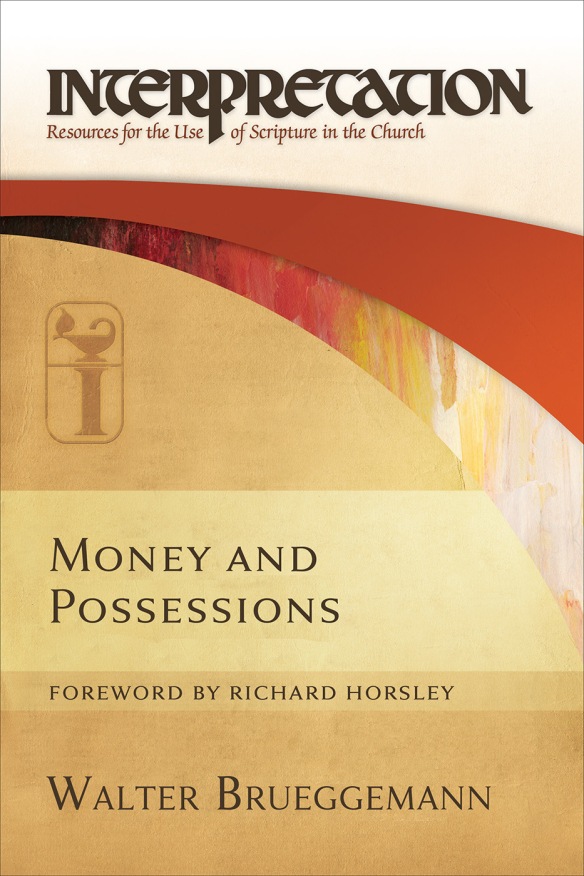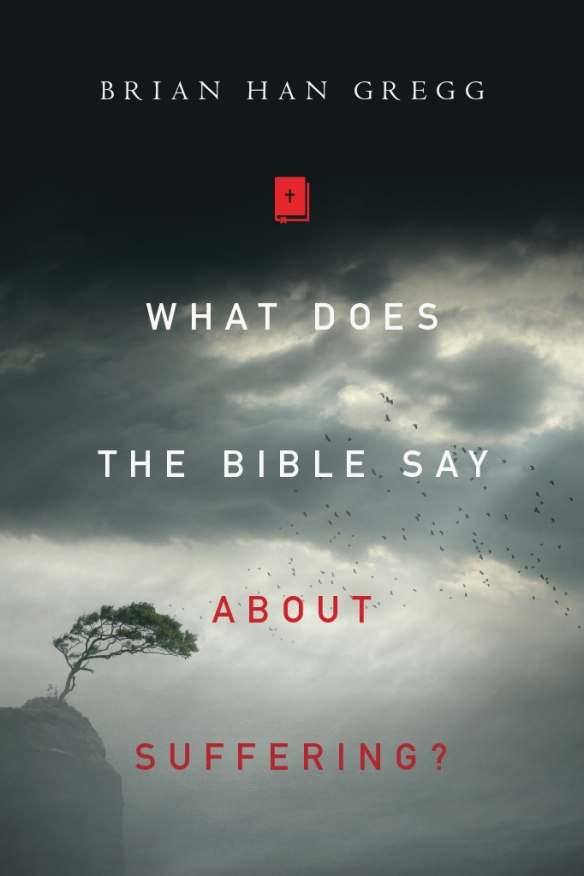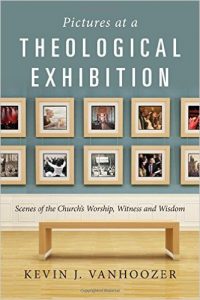 Money and possessions matter. They might not always come up explicitly in our ordinary, everyday conversations, but when Jesus tells His disciples to sell their possessions because “where your treasure is, there your heart will be also,”1Luke 12:34, NRSV. or bluntly says, “You cannot serve God and wealth,”2Luke 16:13, NRSV. His words are especially challenging for many of us because they ring deeply true, even if we usually avoid thinking about them. Nevertheless, we often try to keep faith and money in separate spheres of life. In his new volume, Money and Possessions, Walter Brueggemann insists that this is both unsustainable and undesirable: “We live in a society that would like to bracket out money and possessions (politics and economics) from ultimate questions. The Bible insists otherwise.”3p.12.
Money and possessions matter. They might not always come up explicitly in our ordinary, everyday conversations, but when Jesus tells His disciples to sell their possessions because “where your treasure is, there your heart will be also,”1Luke 12:34, NRSV. or bluntly says, “You cannot serve God and wealth,”2Luke 16:13, NRSV. His words are especially challenging for many of us because they ring deeply true, even if we usually avoid thinking about them. Nevertheless, we often try to keep faith and money in separate spheres of life. In his new volume, Money and Possessions, Walter Brueggemann insists that this is both unsustainable and undesirable: “We live in a society that would like to bracket out money and possessions (politics and economics) from ultimate questions. The Bible insists otherwise.”3p.12.
References
| 1. | ↑ | Luke 12:34, NRSV. |
| 2. | ↑ | Luke 16:13, NRSV. |
| 3. | ↑ | p.12. |


